A machine used for cutting out parts of articles from layers of cloth card webs or knitted fabric. The technically possible depth of cutting of the layer depends on the design of the cutting machine and on the thickness and properties of the fabrics. Cutting machines may be movable or stationary.
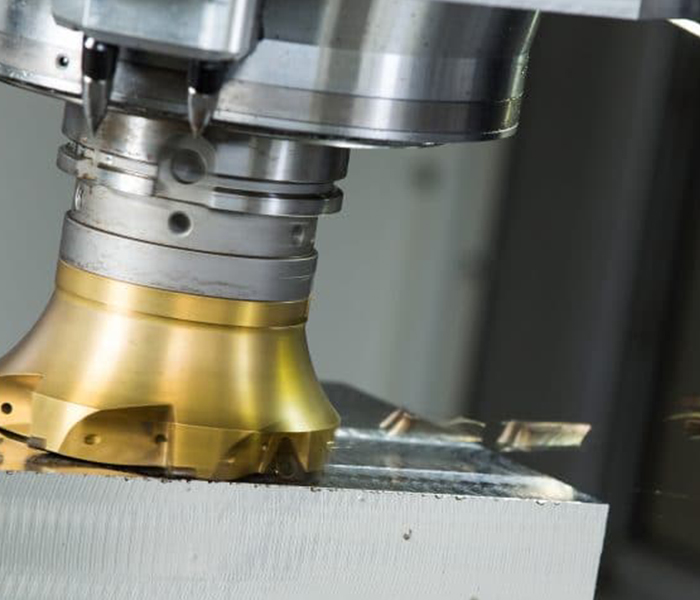
Milling machine which is used to remove metals from the workpiece with the help of a revolving cutter called milling cutter. It is used to machined the flat, rough and irregular surfaces and this is done by feeding the workpiece against a rotating milling cutter......

Computer numerical control (CNC) is programmed code that represents instructions for precise movements to be carried out by machines. Indirectly, this code defines how to automatically create, produce, or transform a virtual object into a real one.

Surface grinding is a widely used abrasive machining process in which a spinning wheel covered in rough particles (grinding wheel) cuts chips of metallic or nonmetallic substance from a workpiece, to produce a smooth finish on flat surfaces. Surface grinding is the most common of the grinding operation. It is a finishing process that uses a rotating abrasive wheel to smooth the flat surface of metallic or nonmetallic materials, to give them a more refined look or to attain a desired surface for a functional purpose. Typical workpiece materials include cast iron and mild steel.

Electrical discharge machining (EDM), also known as spark machining, spark eroding, die sinking, wire burning or wire erosion, is a metal fabrication process whereby a desired shape is obtained by using electrical discharges (sparks).[1] Material is removed from the work piece by a series of rapidly recurring current discharges between two electrodes, separated by a dielectric liquid and subject to an electric voltage.
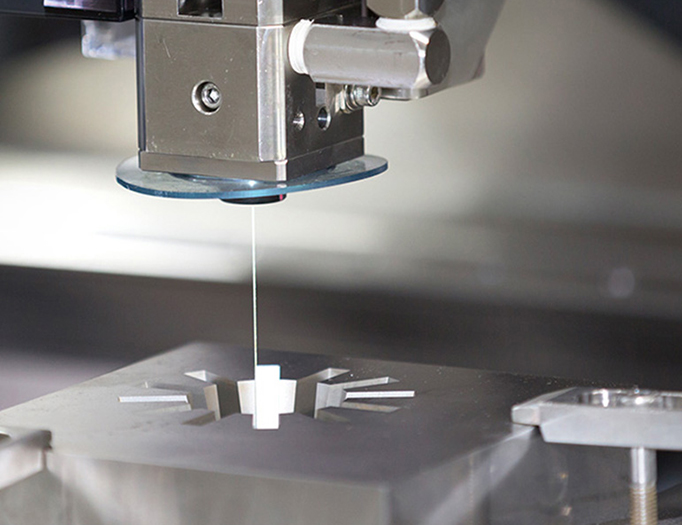
Components having complex geometries or featural relationships which cannot be managed by the centerless grinding process lend themselves well to precision CNC ID/OD grinding, although, given its broader scope of set up, is generally less economical then the centerless method.
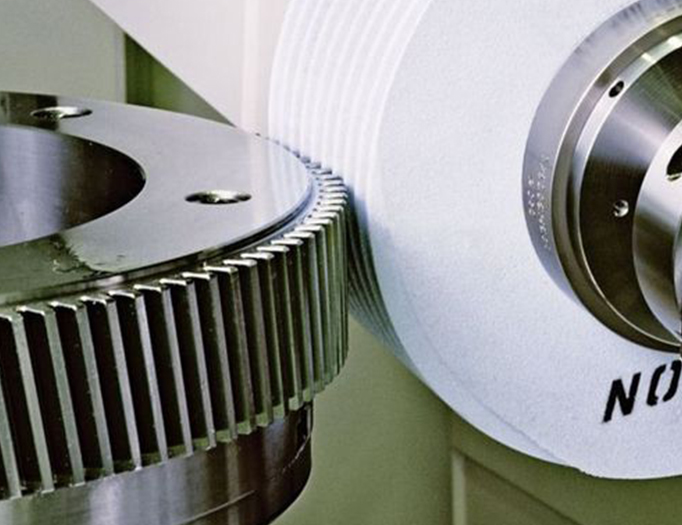
The electrical discharge machining (EDM) process we know today started with the observations of Joseph Preistly in 1770. He noticed that electrical discharges had removed material from the electrodes in his experiments. This is also known as electro-discharge erosion.
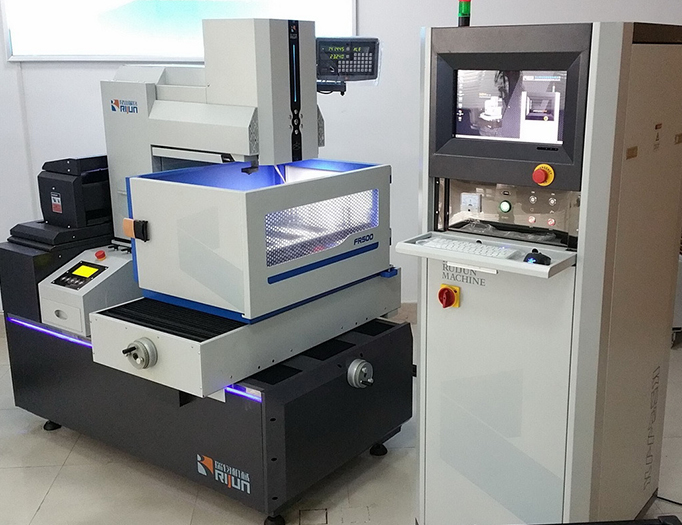
To remove metal from a piece of work to give it the required shape and size is the main function of the lathe.

Mold assembly is one of the most critical steps of mold making procedure, all the parts machined or purchased need to be put together and required to be work functionality. Mold assembly job requires comprehensive understanding of mold structure as well as injection molding.
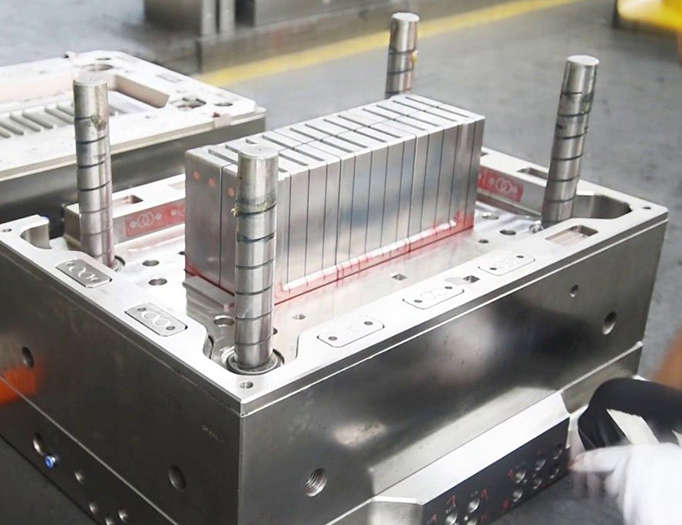
Lorem ipsum dolor sit amet, consectetur adipiscing elit. Vestibulum lobortis malesuada ornare. Nunc blandit urna nec hendrerit consectetur.
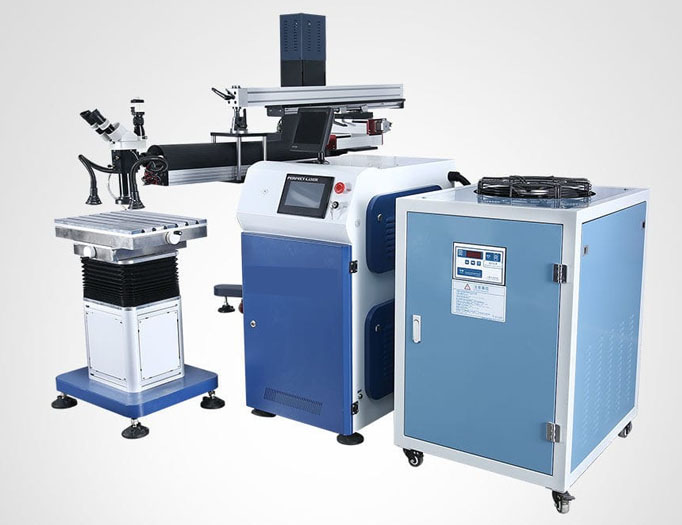
Lorem ipsum dolor sit amet, consectetur adipiscing elit. Vestibulum lobortis malesuada ornare. Nunc blandit urna nec hendrerit consectetur.

Lorem ipsum dolor sit amet, consectetur adipiscing elit. Vestibulum lobortis malesuada ornare. Nunc blandit urna nec hendrerit consectetur.
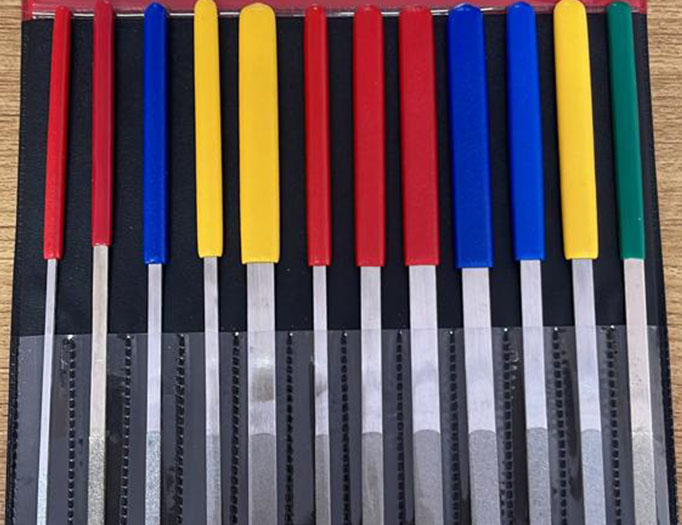
© 2020 All rights reserved speed. Powered by Globosoft
Mobile : (91) 99473 82897 | (65) 9688 4855
Email : sales@speed-tool.com
Website : www.speed-tool.com